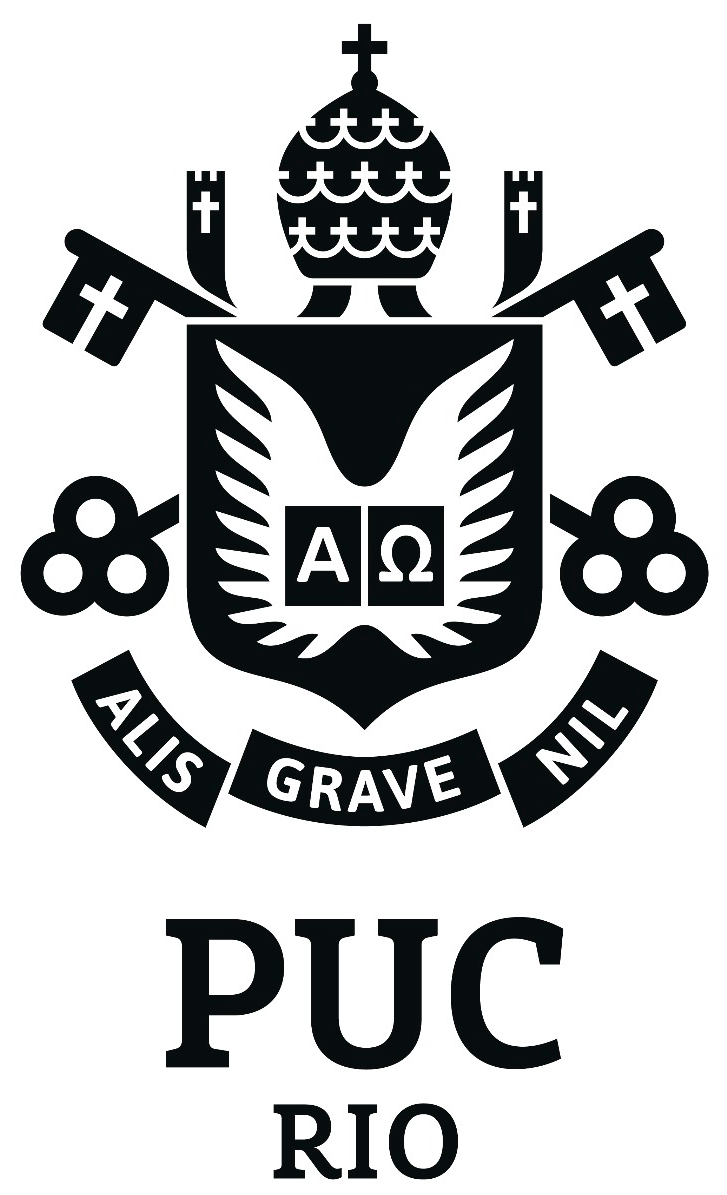Price selection
Journal of Monetary Economics, v. 122, p. 56-75, 2021
Oleksiy Kryvtsov, Carlos Viana de Carvalho.
Acesse o artigoPrice selection is a simple, model-free measure of selection in price setting and its contribution to inflation dynamics. It exploits comovement between inflation and the level from which adjusting prices departed. Prices that increase from lower-than-usual levels tend to push inflation above average. Using detailed micro-level consumer price data for the United Kingdom, the United States, and Canada, we find robust evidence of strong price selection across goods and services. At a disaggregate level, price selection accounts for 37% of inflation variance inflthe United Kingdom, 36% in the United States, and 28% in Canada. Price selection is stronger for goods with less frequent price changes or with larger average price changes. Aggregate price selection is considerably weaker. A multisector sticky-price model accounts well for this evidence and demonstrates a monotone relationship between price selection and monetary non-neutrality.
Revisão em maio de 2021
Veja também
The Value of Health Insurance: A Household Job Search Approach ( a sair)
Journal of Labor Economics, 2025
Gabriela Conti, Renata Narita, Rita Ginja.
Targeting in Adaptive Networks
Journal of Economic Theory, v. 228, 2025
Timo Hiller.
Tradeoffs and synergies for agriculture and environmental outcomes in the tropics (a sair)
Review of Environmental Economics and Policy, 2025
Fanny Moffette, Jennifer Alix-Garcia, Juliano Assunção, Prakash Mishra, Teevrat Garg.

